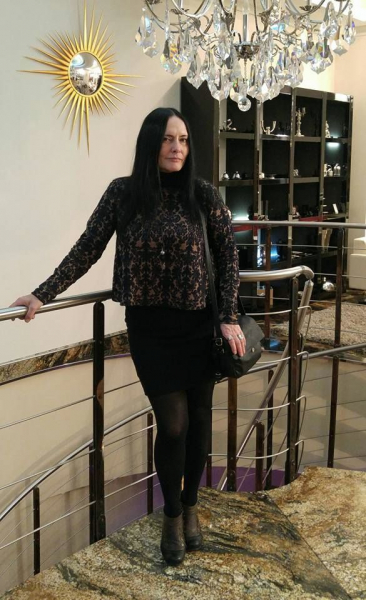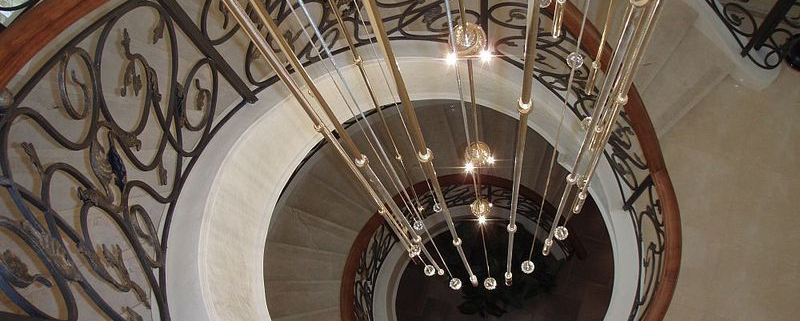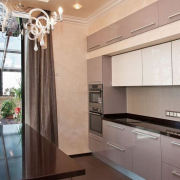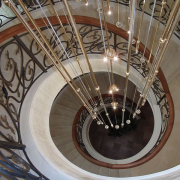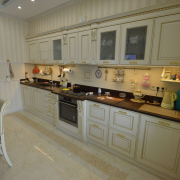3D panels in the interior
Everything new is well-forgotten old. Even in ancient Egypt, the homes of wealthy citizens were decorated with plaster frescoes, adding comfort and comfort to the room. What can we say about our time, when thanks to the latest technologies, a volumetric panel can be made from almost any building material.
At least for this period of time, designers use 3d panels made of gypsum, wood, aluminum, leather and plastic polymers in interior design. Panels are also made of baked clay with a glossy surface, similar to modern tiles, but with a deeper and more embossed surface. Infrequently, but still, there are 3D panels made of bamboo.
The main places of application.
Since living spaces are divided into recreation areas, cooking areas and personal hygiene areas, respectively, and panels should be selected according to their practical properties.
For example, in the kitchen area, gypsum panels are not suitable for zoning the work surface near the countertop, since their porous surface absorbs water and any moisture. It is also not recommended to use panels made of wood and bamboo. But aluminum panels, which are covered with several layers of heavy-duty polymer film on top, can be used. You can also use clay tiles with a three-dimensional pattern.
In the personal hygiene area, also, the option with aluminum and clay panels is most suitable, but in the bedroom area and especially in the living room, there is simply no limit to imagination.
A wall of 3D panels looks particularly impressive, on which a large TV is fixed and a back light is used.
The light is able to increase the 3D effect, and if it is a huge Philips display with active Ambilight backlight, which changes the color of the backlight depending on what is happening on the screen, then the wall behind the TV turns into a fantastic object. The depth effect reaches unprecedented heights.
Also, the staircase area looks very impressive, relief panels in combination with straight and strict steps create a clear geometric pattern.
A lot of drawings that are used in the manufacture allow you to visually enlarge the room or make it higher. Covering the walls with similar panels, in addition to a purely visual effect, improves sound and thermal insulation.
It is not necessary to use panels on all walls, sometimes it is the accentuated use of this material
allows you to create and emphasize the selected style. It happens that only one wall or partition favorably emphasizes design ideas. And sometimes just a little accent is enough.
Naturally, some panels can be painted after installation in a certain color. Usually these are gypsum panels that are covered with paint in any case. Ordinary high-quality latex paint.
The installation of the panels is simple, no special requirements are imposed on the walls. The surface should be dry and smooth.
Installation is carried out on a special glue, the seams can be left visible, this will emphasize the geometric pattern, or putty. Then the panels will be a single whole, a monolithic pattern.
This technology has come to us from the distant past and, it seems, will go into the distant future. The undoubted advantages are the visual effect, successful zoning, environmental friendliness and ease of installation, gives all the components to achieve an excellent result for a fairly long time. You can also achieve individuality and exclusivity. And, most importantly, comfort.
